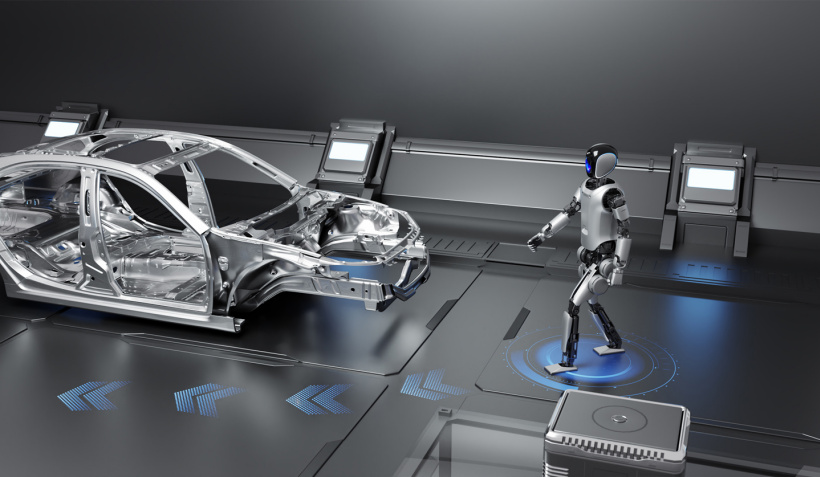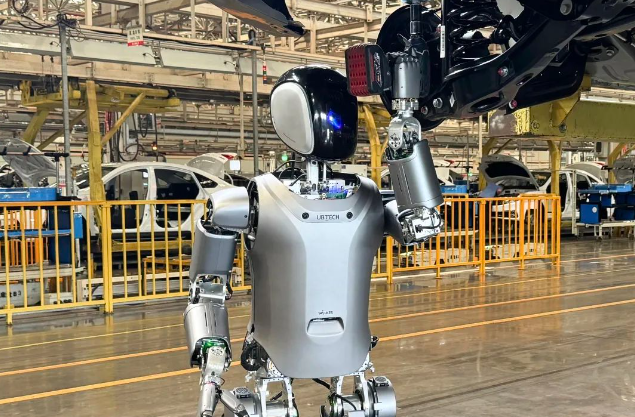Dongfeng Motor has officially signed a partnership with Ubtech Robotics for using its humanoid robots in tasks related to car manufacturing.

With this partnership, Ubtech’s industrial version of the humanoid robot Walker S will be employed in Dongfeng Motor’s production line to execute a series of tasks in the manufacturing process. It will reportedly include an inspection of the seat belts, door locks, headlight cover, body quality, rear cover, and interior. The robots are also expected to handle many other tasks including oil filling, front axle subassembly, collection and material picking, attaching the logo, and label printing. Notably, the robots will operate in collaboration with traditional automation equipment.

According to Lin Changbo, General Manager of Dongfeng Motor, Ubtech’s humanoid robot will be combined with the application of the latest AI technology to enter Dongfeng Motor. Through practical training, the official expects the robots to better inspect and assemble the components. “This will not only bring greater improvement to Dongfeng Motor’s intelligent manufacturing level, but will also become a new style of intelligent manufacturing in the automotive industry, and will accelerate the scene-based and large-scale application of humanoid robots in the automotive industry,” he added.
In short, the company expects to gain significant momentum toward achieving its future goals with this development.
According to Ubtech, the latest industrial version of its humanoid robot Walker S is 1.7m tall and boasts a new generation of fusion control algorithms. The robot can communicate with the factory system to obtain production line status and share the data it collects in real-time.
The humanoid robot includes 41 high-performance servo joints and a full range of perception systems including multi-dimensional force perception, multi-view stereo vision, omnidirectional hearing and inertia, and ranging. It also offers high-quality night vision, dynamic environmental feedback integration, and autonomous environmental exploration technology, reportedly enabling it to perceive its environment, as well as the people and objects around it.
Related:
- Get $100 OFF on Xiaomi 14 Pro at Giztop (1TB Variant)
- Lenovo Legion Y700 2024: Latest Gaming Tablet with Enhanced Display now available at Giztop
- HyperOS Update Is Available for These Xiaomi, Redmi, and Poco Devices in India
- REDMAGIC Magnetic VC Cooler 5 Pro now available at a discounted price at GeekWills




